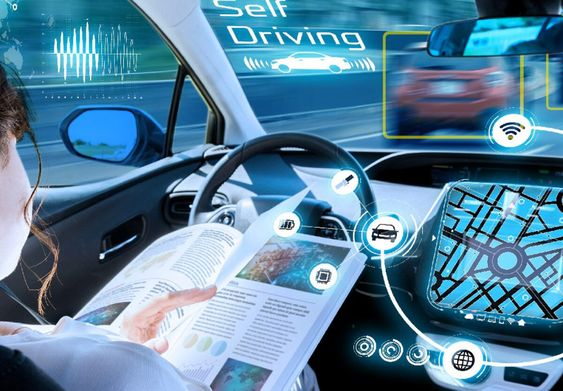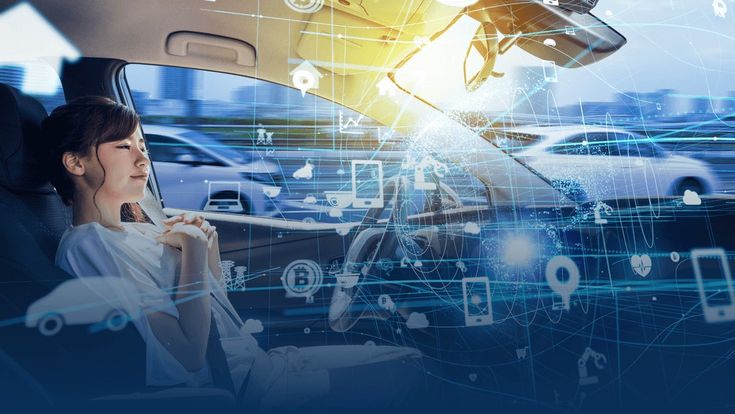Introduction:
The world of autonomous vehicles (AVs) is rapidly evolving, with advancements in technology and increasing public interest. However, the widespread adoption of AVs is heavily reliant on the development and implementation of robust regulatory frameworks. These regulations are crucial for ensuring the safety, security, and ethical operation of AVs on public roads. This article provides an overview of recent updates and ongoing developments in autonomous vehicle regulations, highlighting key areas of focus and the challenges that lie ahead.

Regulatory Landscape: A Global Perspective
The regulatory landscape for AVs is diverse and dynamic, with different countries and regions adopting varying approaches. While some jurisdictions have taken a more proactive stance, others are still in the early stages of developing their regulatory frameworks. Here's a snapshot of key developments:
- United States: The National Highway Traffic Safety Administration (NHTSA) has issued guidelines and is actively working on a comprehensive regulatory framework for AVs. The focus is on safety standards, data collection, and cybersecurity.
- European Union: The EU is pursuing a harmonized approach to AV regulations, aiming to create a single set of rules for the entire bloc. The focus is on ethical considerations, data privacy, and liability issues.
- China: China is investing heavily in AV technology and has established a dedicated regulatory body to oversee the development and deployment of AVs. The focus is on promoting innovation while ensuring safety and public acceptance.
Key Areas of Focus:
- Safety Standards: Ensuring the safety of AVs is paramount. Regulations are being developed to address issues such as:
- Performance standards: Defining minimum performance requirements for AV systems, including perception, decision-making, and control.
- Testing and validation: Establishing rigorous testing procedures to verify the safety and reliability of AVs before deployment.
- Human oversight: Determining the role of human drivers in AVs and establishing clear guidelines for driver intervention.
- Liability and Insurance: Determining liability in the event of an accident involving an AV is a complex issue. Regulations are being developed to address:
- Product liability: Establishing clear lines of responsibility between manufacturers, software developers, and operators.
- Insurance coverage: Ensuring adequate insurance coverage for AVs and passengers.
- Data Privacy and Security: AVs collect vast amounts of data, raising concerns about privacy and security. Regulations are being developed to address:
- Data collection and use: Establishing guidelines for data collection, storage, and sharing.
- Cybersecurity: Protecting AV systems from cyberattacks and ensuring data integrity.
Challenges and Opportunities:
The development of AV regulations presents both challenges and opportunities. Key challenges include:
- Balancing innovation and safety: Finding the right balance between promoting innovation and ensuring public safety.
- Harmonization across jurisdictions: Achieving consistency in regulations across different countries and regions.
- Public acceptance: Addressing public concerns about safety, job displacement, and ethical implications.
Despite these challenges, the development of AV regulations presents significant opportunities:
- Improved road safety: AVs have the potential to significantly reduce traffic accidents and fatalities.
- Increased mobility: AVs can provide transportation options for people who are unable to drive themselves.
- Economic growth: The development and deployment of AVs can create new jobs and industries.
Conclusion:
The regulatory landscape for autonomous vehicles is constantly evolving. As technology advances and public acceptance grows, it is crucial to have robust and comprehensive regulations in place. By addressing key areas of focus, such as safety standards, liability, and data privacy, policymakers can pave the way for the safe and responsible deployment of AVs, unlocking their potential to transform transportation and society as a whole.





